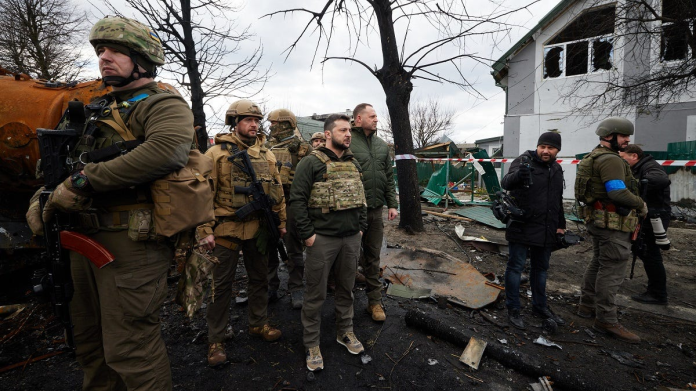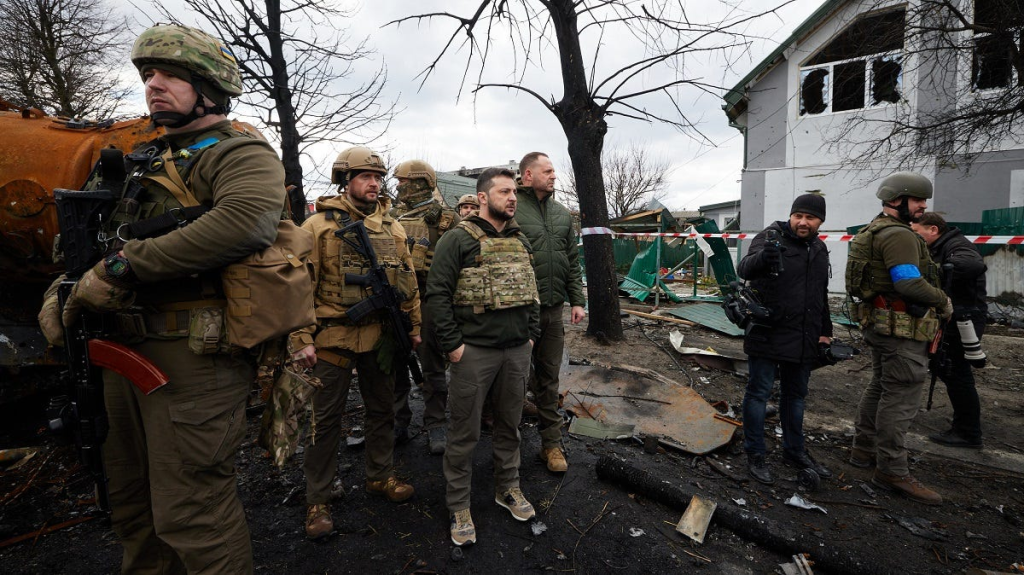
Is the era of traditional artillery dominance over? The latest Ukrainian strike that wiped out three Russian long-range guns in a single mission is more than a war tale it’s a warning beacon signaling a fast-evolving battlefield. As Ukraine’s 44th Artillery Brigade showed, the combination of drones and artillery is as much a tactical choice as it is a necessity against dug-in, well-hidden foes.
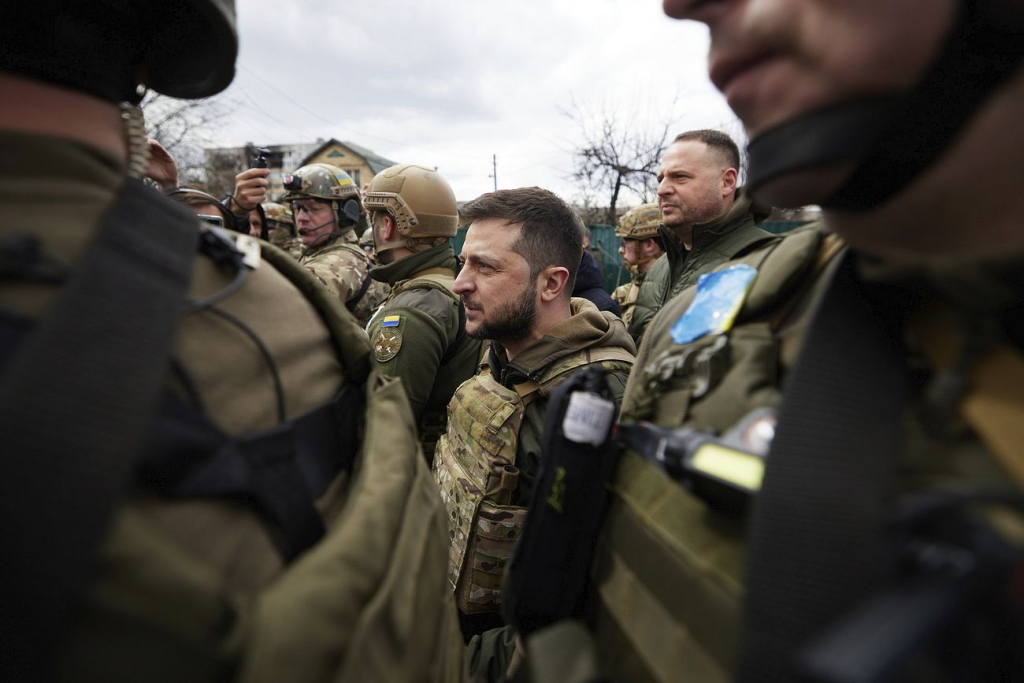
For defense observers and military technology enthusiasts, this episode offers a microcosm of the broader revolution remaking modern conflict. From the vulnerability of Soviet-era rifles to real-time, digital kill-chains, the mating of drones and artillery is revolutionizing the fight of battles and wins. Below are seven main conclusions from the Ukrainian campaign and the broader context of the Russo-Ukrainian war that illuminate combined drone-artillery warfare’s future.
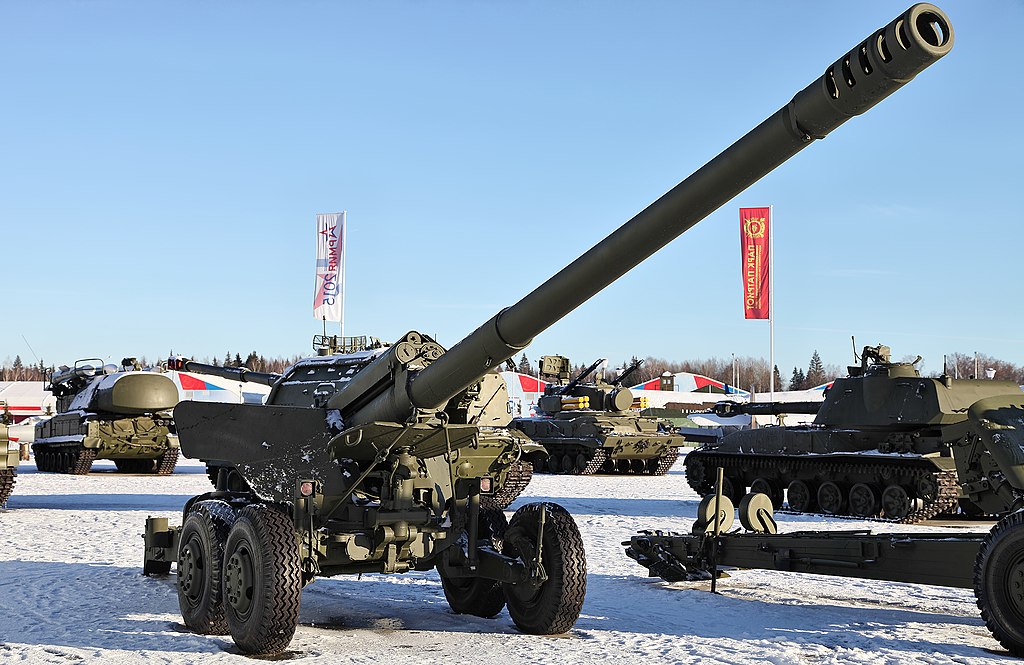
1. The Shudder Strike of Russian Artillery
On 28 July, Ukraine’s 44th Artillery Brigade conducted a synchronized strike that torched a Russian 2A36 Giatsint-B and two 2A65 Msta-B howitzers. The 152mm towed guns, which have long been the backbone of Russian long-range firepower, are heavily reliant on the manual of their crew. Video clips released by Ukraine’s South Operational Command showed drones flying in towards camouflaged positions, followed by precision detonations that wrapped the Russian guns in flames.
Defense Express called the operation a “dual-method attack” that showcases Ukraine’s ever more developed ability to combine new drone intelligence with good old-fashioned artillery maneuvers a synergy that is increasingly becoming a matter of necessity for overcoming Russian artillery dominance. The destruction of these systems brought Ukrainian forces much-needed tactical relief in a hurry and pointed to a broader trend older artillery is increasingly vulnerable to coordinated, technology-supported targeting.
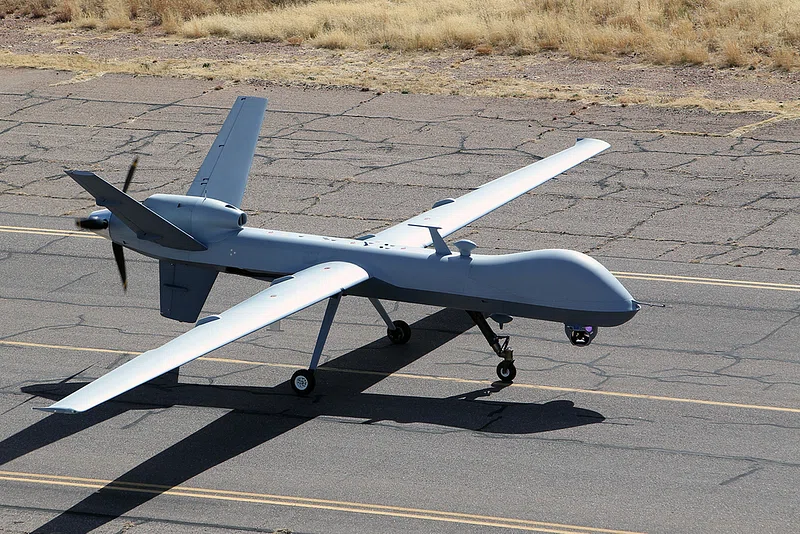
2. Soviet-Era Guns Meet Modern Threats
The 2A36 Giatsint-B, developed in the 1960s and operational since 1975, and the 2A65 Msta-B, introduced in 1987, were once the most feared of their class due to range and firepower. But as can be seen in a recent evaluation, these howitzers are now the most promising targets for counter-battery attack using drones.
Russian gun units have employed traditional camouflage and electronic warfare in defending their gear, but the mass production of cheap, networked unmanned aerial vehicles has made concealment irrelevant. The integration of UAV reconnaissance data and target data into real-time has eroded the survivability even of well-entrenched artillery a fact not lost on either combatant.
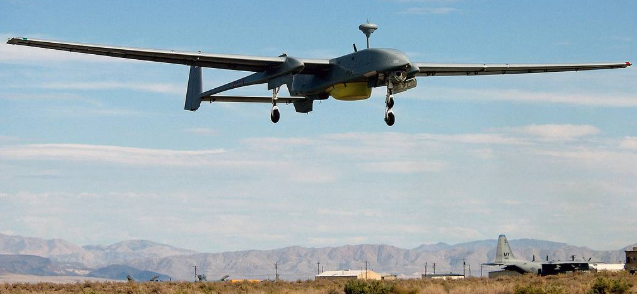
3. Drones: The New Eyes and Fists of Artillery
The Ukrainian campaign is just one of numerous examples of the trend drones are now used to detect, track, and destroy enemy artillery. Both Russian and Ukrainian militaries have moved on from radar and sound-ranging to UAVs for first detection, reports a British CHACR study. Drones can detect muzzle flashes, heat, and even small movement of hidden crews.
But drones are not merely spotters. The Ukrainians have become experts at deploying FPV (first-person view) drones with shaped-charge warheads that can destroy gun barrels with pinpoint accuracy. The result artillery battles are being won by whichever combatant can deploy and network superior drones.
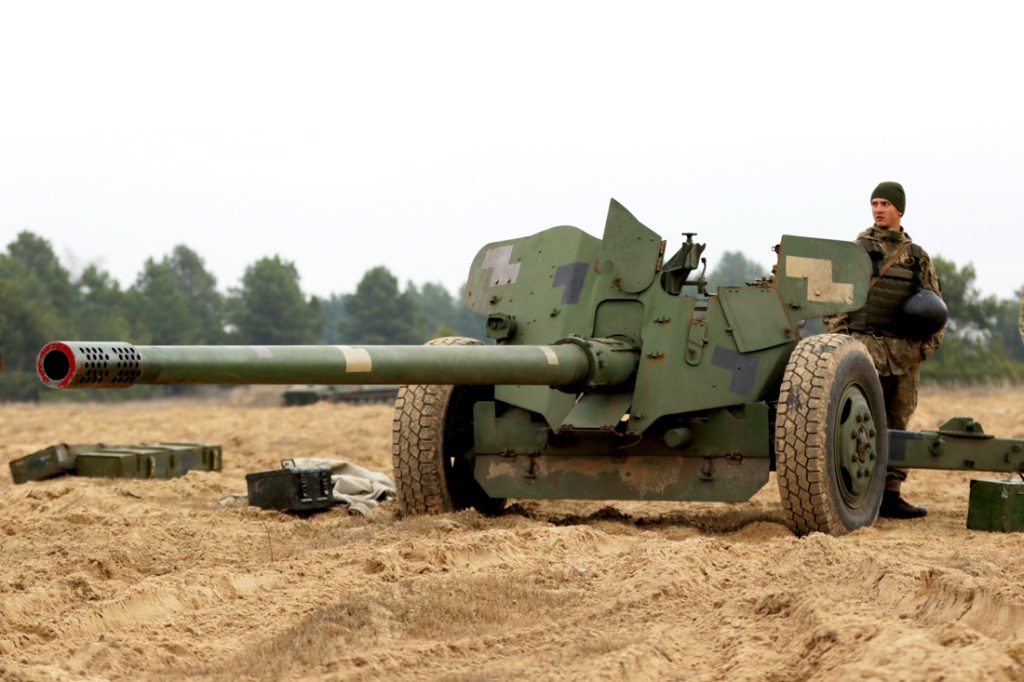
4. Digital Kill-Chains and Real-Time Targeting
The artillery model in Ukraine has shifted from massed fire to precision, speed, and digital integration. The development of the Kropyva digital fire control system has reduced the sensor-to-strike time below three minutes, according to Consortium for Defence Information. This allows Ukrainian formations to observe, assign, and engage in near-real time, often with immediate feedback from drone video feeds.
This approach maximizes Soviet-era and Western-supplied artillery to enable very mobile, dispersed operations. Fixed gun positions are handicaps now because rapid digital coordination and mobility hold the secrets of survival and lethality.
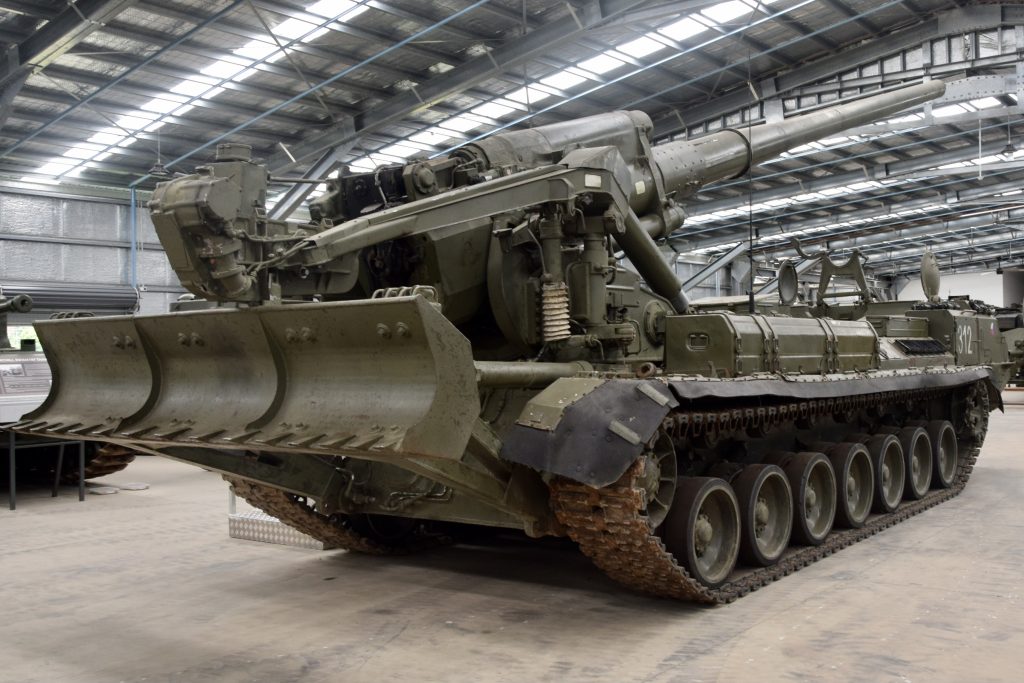
5. Russian Artillery: Quantity Over Quality
Despite having sent thousands of artillery systems into action, Russia’s plans have been foiled by mounting losses and sluggish adaptation. Over 24,000 Russian artillery systems had been destroyed up to May 2025, and Moscow was reduced to depleting warehouses and importing North Korean artillery, a recent study of satellite imagery has found.
Though still relying on barrages and massed fire, Russian artillery has been left incredibly vulnerable to Ukrainian counter-battery fire and UAV attacks. The decline in Russian artillery strength previously an 8:1 superiority in 2024 to 2:1 by early 2025 rings with the catastrophic impact of these new methods.
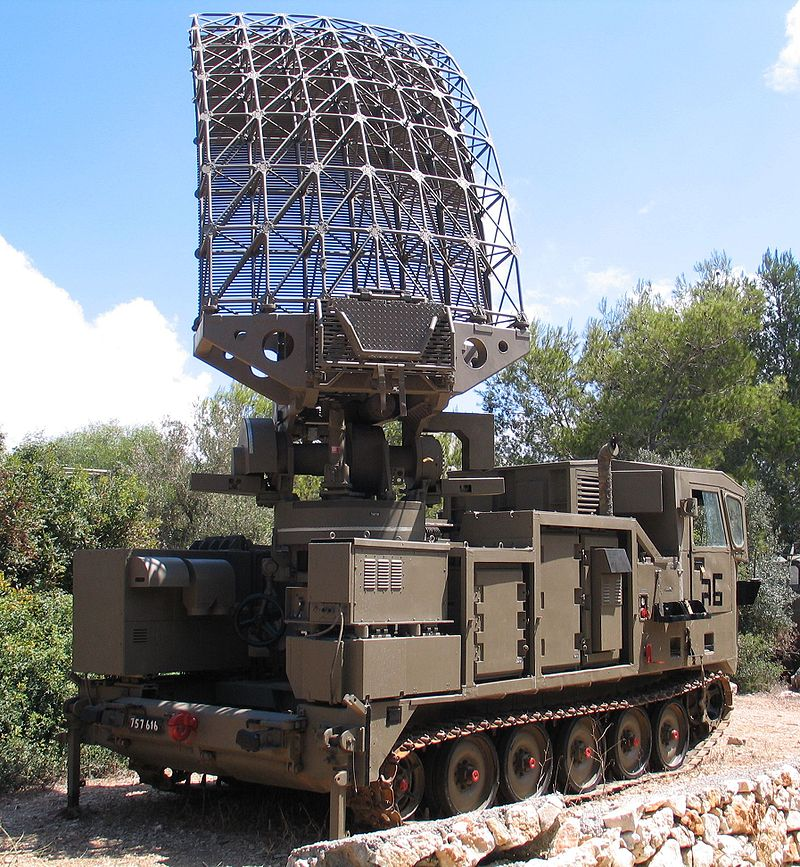
6. The Evolution of Counter-Battery Warfare
Traditional counter-battery radars like Russia’s Zoopark are proving expensive and increasingly vulnerable to drone attack. Instead, acoustic detection and networked microphones, low cost and difficult to target, are now both preferred. Ukraine’s employment of technology like Vidar, able to triangulate gun position via AI-powered audio analysis, is the latest instance.
When a firing location is identified, drones can be deployed to seek and destroy with unparalleled precision. With quicker and more automated identification and annihilation of artillery, the window for survivability shrinks precipitously.
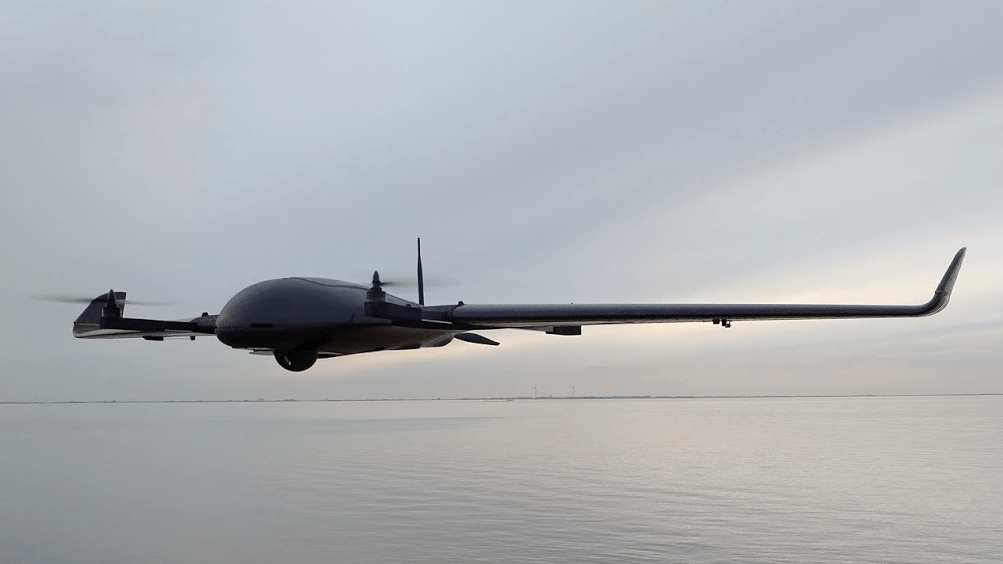
7. What’s Next: Toward a Drone-Dominated Battlefield
Military strategists, like Ukraine’s “Magyar’s Birds” analyst Robert Brovdi, foresee an imminent world where unmanned technology takes center stage, creating a “dead zone” of 15–20 kilometers in which troops and vehicles cannot move safely without air clearance. The intersection of surveillance drones, electronic warfare, and computerized fire control is demoting artillery to a supporting, rather than leading, role.
While the battlefield is rendered transparent in a radical way, the ability to integrate, adopt, and innovate with digital systems and drones will shape the artillery’s effectiveness in the future. The recent victory of Ukraine is not just a tactical win it’s an exhibition of war’s future.
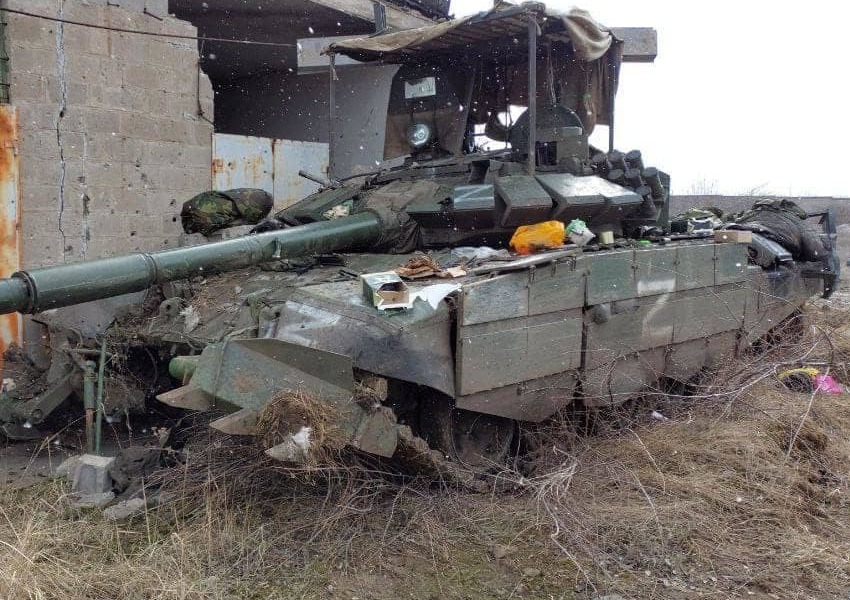
The three Russian artillery guns destroyed in one Ukrainian attack are more than news a case study in the evolution of contemporary war. As drones and computer systems further redefine the battlefield, the implications from Ukraine are clear: the wars to come will favor adaptability, integration, and tempo over brute force. For defense specialists and military engineers, these technologies are more than tactical advances but strategic necessities for the future’s wars.
